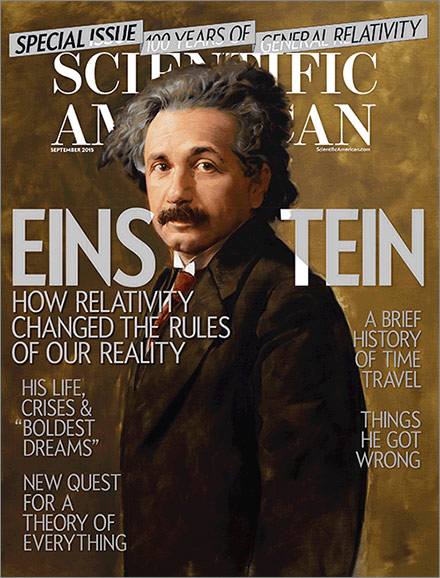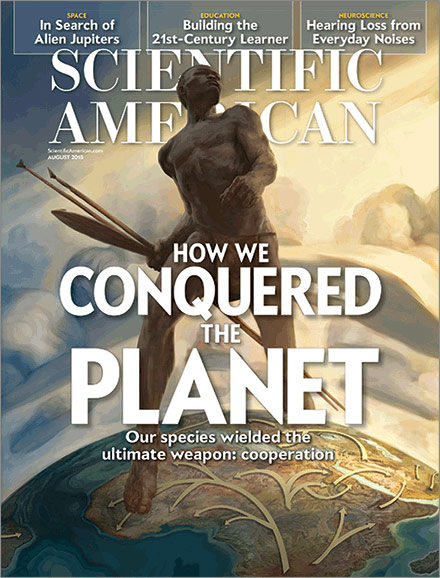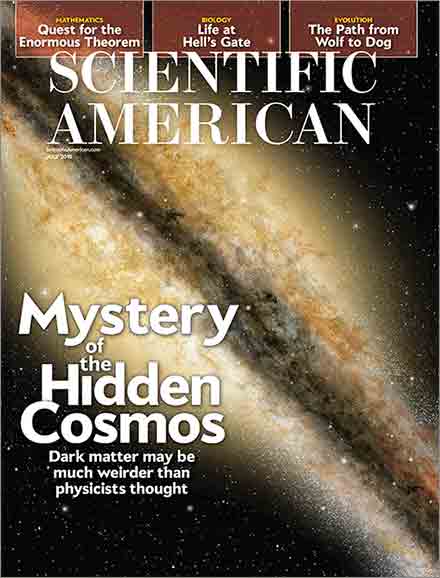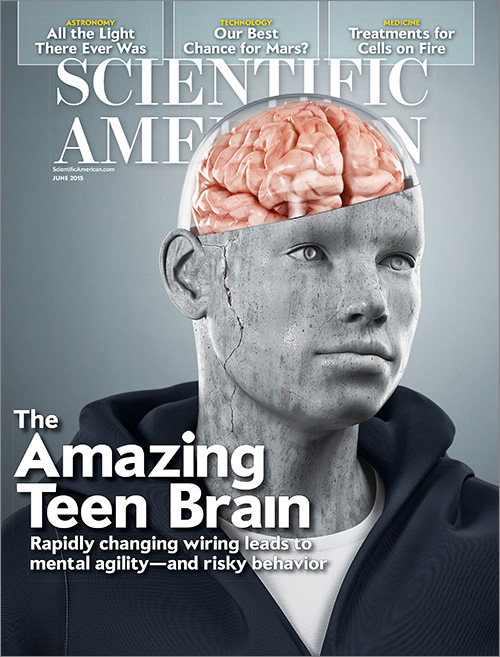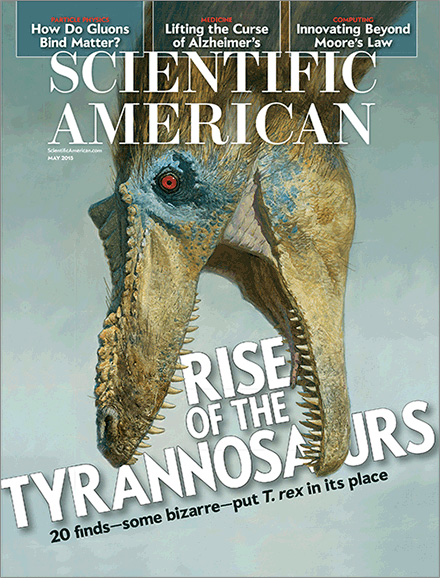September 1, 2015
How trustworthy are DNA and other crime scene tests?
The criminal justice system has a problem, and its name is forensics. This was the message I heard at the Forensic Science Research Evaluation Workshop held May 26–27 at the AAAS headquarters in Washington, D.C. I spoke about pseudoscience but then listened in dismay at how the many fields in the forensic sciences that I assumed were reliable (DNA, fingerprints, and so on) in fact employ unreliable or untested techniques and show inconsistencies between evaluators of evidence.
The conference was organized in response to a 2009 publication by the National Research Council entitled Strengthening Forensic Science in the United States: A Path Forward, which the U.S. Congress commissioned when it became clear that DNA was the only (barely) reliable forensic science. The report concluded that “the forensic science system, encompassing both research and practice, has serious problems that can only be addressed by a national commitment to overhaul the current structure that supports the forensic science community in this country.” Among the areas determined to be flawed and in need of more research are: accuracy and error rates of forensic analyses, sources of potential bias and human error in interpretation by forensic experts, fingerprints, firearms examination, tool marks, bite marks, impressions (tires, footwear), bloodstain-pattern analysis, handwriting, hair, coatings (for example, paint), chemicals (including drugs), materials (including fibers), fluids, serology, and fire and explosive analysis. (continue reading…)
August 1, 2015
Can science help us overcome the terror of existence?
Harvard University paleontologist Stephen Jay Gould, who died in 2002, was a tough-minded skeptic who did not suffer fools gladly when it came to pseudoscience and superstition. Gould was a secular Jew who did not believe in God, but he had a soft spot for religion, expressed most famously in his principle of NOMA—nonoverlapping magisteria. The magisterium (domain of authority) of science “covers the empirical realm: what is the universe made of (fact) and why does it work this way (theory),” he wrote in his 1999 book Rocks of Ages: Science and Religion in the Fullness of Life. “The magisterium of religion extends over questions of ultimate meaning and moral value.”
In part, Gould’s motivations were personal (he told me on many occasions how much respect he had for religion and for his many religious friends and colleagues). But in his book, he claimed that “NOMA represents a principled position on moral and intellectual grounds, not a merely diplomatic solution.” For NOMA to work, however, Gould insisted that just as “religion can no longer dictate the nature of factual conclusions residing properly within the magisterium of science, then scientists cannot claim higher insight into moral truth from any superior knowledge of the world’s empirical constitution.” (continue reading…)
July 1, 2015
Why cops kill
The ongoing rash of police using deadly force against minority citizens has triggered a search for a universal cause—most commonly identified as racism. Such soul searching is understandable, especially in light of the racist e-mails uncovered in the Ferguson, Mo., police department by the U.S. Department of Justice’s investigation into the death of 18-year-old Michael Brown.
To whatever extent prejudice still percolates in the minds of a few cops in a handful of pockets of American society (nothing like 50 years ago), it does not explain the many interactions between white police and minority citizens that unfold without incident every year or the thousands of cases of assaults on police that do not end in police deaths (49,851 in 2013, according to the FBI). What in the brains of cops or citizens leads either group to erupt in violence?
An answer may be found deep inside the brain, where a neural network stitches together three structures into what neuroscientist Jaak Panksepp calls the rage circuit: (1) the periaqueductal gray (it coordinates incoming stimuli and outgoing motor responses); (2) the hypothalamus (it regulates the release of adrenaline and testosterone as related to motivation and emotion); and (3) the amygdala (associated with automatic emotional responses, especially fear, it lights up in response to an angry face; patients with damage to this area have difficultly assessing emotions in others). When Panksepp electrically stimulated the rage circuit of a cat, it leaped toward his head with claws and fangs bared. Humans similarly stimulated reported feeling uncontrollable anger. (continue reading…)
June 1, 2015
Reason, empiricism and skepticism are not virtues of science alone
In the late 20th century the humanities took a turn toward postmodern deconstruction and the belief that there is no objective reality to be discovered. To believe in such quaint notions as scientific progress was to be guilty of “scientism,” properly said with a snarl. In 1996 New York University physicist Alan Sokal punctured these pretensions with his now famous article “Transgressing the Boundaries: Toward a Transformative Hermeneutics of Quantum Gravity,” chockablock full of postmodern phrases and deconstructionist tropes interspersed with scientific jargon, which he subsequently admitted were nonsensical gibberish.
I subsequently gave up on the humanities but am now reconsidering my position after an encounter this past March with University of Amsterdam humanities professor Rens Bod during a European book tour for The Moral Arc. In our dialogue, Bod pointed out that my definition of science—a set of methods that describes and interprets observed or inferred phenomena, past or present, aimed at testing hypotheses and building theories—applies to such humanities fields as philology, art history, musicology, linguistics, archaeology, historiography and literary studies. (continue reading…)
May 1, 2015
The moralistic motivations of ISIS
IN AN UNINTENTIONALLY HILARIOUS VIDEO CLIP, primatologist Frans de Waal narrates an experiment conducted in his laboratory at Emory University involving capuchin monkeys. One monkey exchanges a rock for a cucumber slice, which he gleefully ingests. But after seeing another monkey receive a much tastier grape for a rock, he angrily hurls it back at the experimenter when he is again offered a cucumber slice. He rattles the cage wall, slaps the floor and looks seriously peeved at this blatant injustice.
A sense of justice and injustice—right and wrong—is an evolved moral emotion to signal to others that if exchanges are not fair there will be a price to pay. How high a price? In the Ultimatum Game, in which one person is given a sum of money to divide with another person—with the stipulation that if the offer is accepted both keep the money, but if the offer is rejected no one gets any money—offers less than 30 percent of the sum are typically rejected. That is, we are willing to pay 30 percent to punish an offender. This is called moralistic punishment. (continue reading…)
